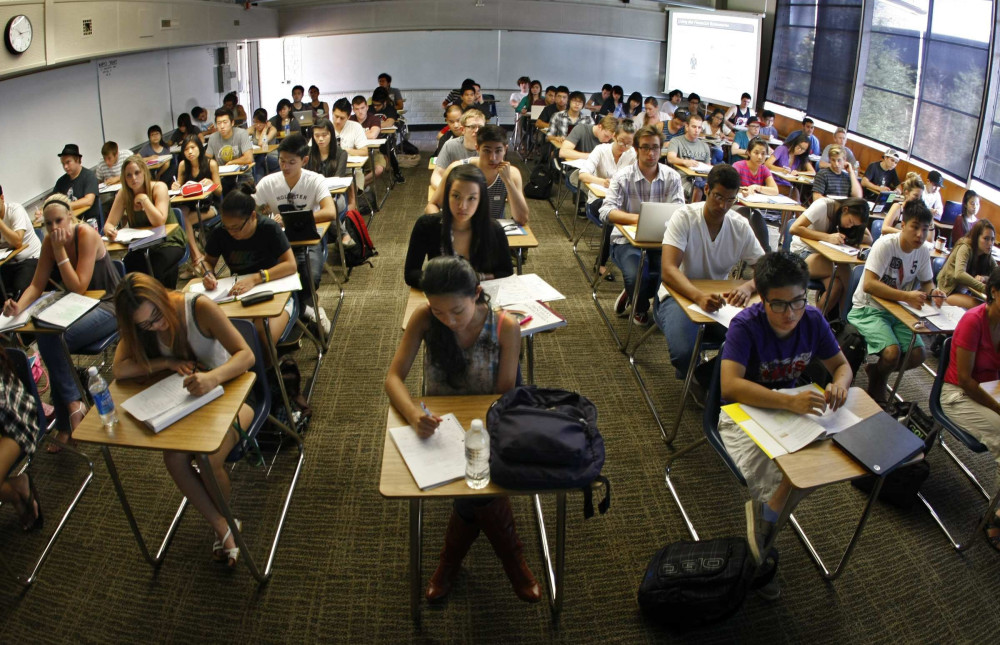By Nathan Hansen
La Crosse Tribune, Wis.
Students’ biases are hurting women in academia, and a UW-La Crosse sociologist has the research to back up that assertion.
Idle chatter about grading and evaluations turned into a research opportunity for UW-L professor Adam Driscoll.
Driscoll was co-author of the paper “What’s in a Name: Exposing Gender Bias in Student Ratings of Teaching,” published recently in the journal Innovative Higher Education.
The paper highlighted a study Driscoll worked on with Lillian MacNeil at North Carolina State University and Andrea Hunt of the University of North Alabama that demonstrated the gender bias male and female instructors encounter.
“Student ratings of teaching are often used as an indicator of the quality of an instructor’s teaching and play an important role in tenure and promotion decisions,” Driscoll’s paper states. “Gender bias in these ratings constitutes an important form of inequality facing women in academia that is often unaccounted for in such decisions.”
Driscoll and two instructors were teaching online courses at North Carolina State, when a female instructor brought up the issue of students challenging grades and the instruction of the course. A male instructor wasn’t seeing similar complaints, so the group decided to do a study on how male and female instructors were treated in student evaluations.
In the study, the female and male instructor taught the same online course broken up into four sections. Each instructor taught a section using his or her own identity, then another section under the name of the person of the opposite gender. By conducting the study this way and having the instructors coordinate how and when grading and interaction with students was handled, the study better controlled for differences in teaching style or ability.
“What that let’s us do is compare,” Driscoll said. “And we saw a difference in how students rated their effectiveness.”
At the end of the course, students were asked to rate the discussion group instructors on 12 different traits, covering characteristics related to their effectiveness and interpersonal skills. The instructors who the students thought were male received higher ratings on all of the categories, regardless of their actual gender.
For example, the instructors always posted their grades at the same time, however, the two sections the students identified as being taught by a male received a 4.35 for promptness compared with a 3.55 for promptness for the female sections.
“This is disappointing, but not surprising,” Driscoll said. “It really supports what we had gathered anecdotally. What makes this unique is how well we are able to control for teaching differences.”
Since it was published, the study has been receiving some national attention, which Driscoll said has been a pleasant surprise. It can be hard for sociological work to hit the mainstream, he said, and attention on this issue is deserved.
“I hope increased attention to gender inequality comes out of this,” he said. “Hopefully it will make people start talking about this and answers to the problem will start coming.”














































































































































































































































































































































































